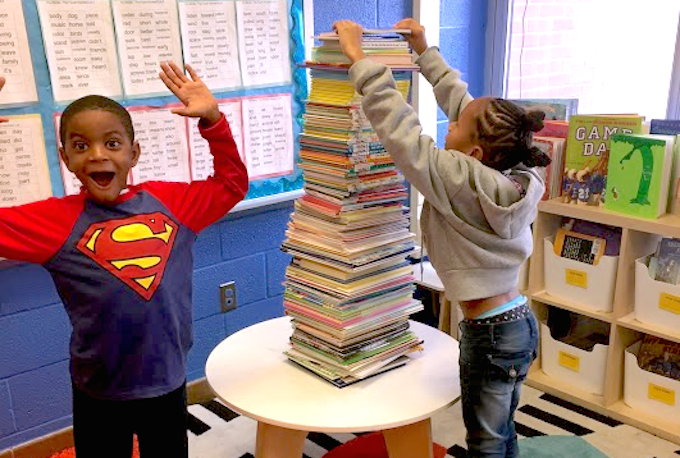October 16, 2019
Fun DIY word chart to help kids learn new words
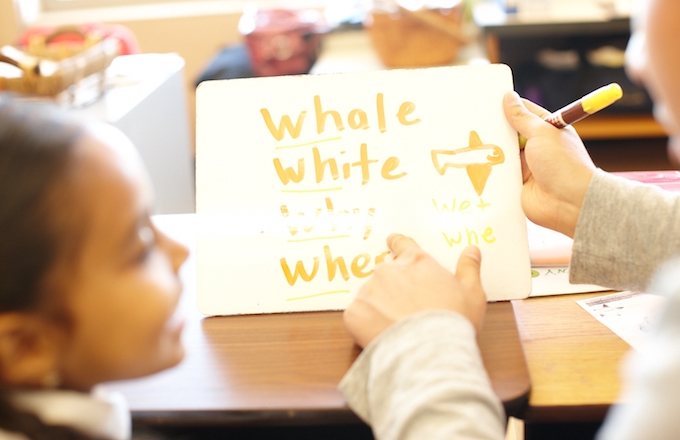
Building a larger vocabulary can be tricky work for young readers. It often takes consistent repetition and practice to learn new words and internalize their meaning. As kids develop their vocabularies, they learn many new words on a routine basis. Without knowing the definition of a word, kids might look for clues to identify the meaning. They’ll look for visual cues, examine context, and ask questions to discover the meaning of a new word. But this discovery can be a bit of a guessing game.
With the power of the internet at our fingertips, it’s easy to look up a definition, but what about retaining the knowledge? Recording previous encounters with the new word can help with memorization of the word in other contexts.
Parents and guardians can help kids navigate the confusing work of learning new words through consistent practice. Creating a DIY word chart is a fun way to get kids involved in documenting and practicing new words to grow their vocabulary. The next time you read together with your child, try keeping track of new vocabulary words in a chart. Adding to the chart routinely will build a good habit of looking up unfamiliar words while enticing kids’ imaginations about their meaning.
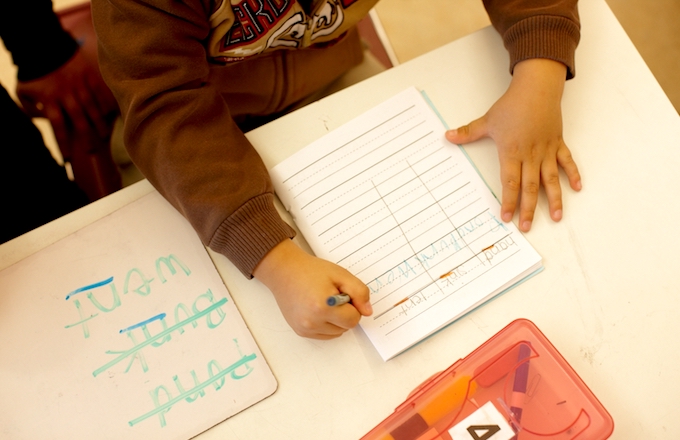
The Reading Partners curriculum utilizes a word chart template to record new vocabulary for students. Emerging readers get “Word Nets” to capture new words while beginner and advancing readers get a “Wondrous Word Journal” to record new vocabulary words, as well as its definition, context, and pictures.
How to create your own word chart
Feeling inspired to make your own word chart to help your kids learn new words? Here’s what you will need for this project:
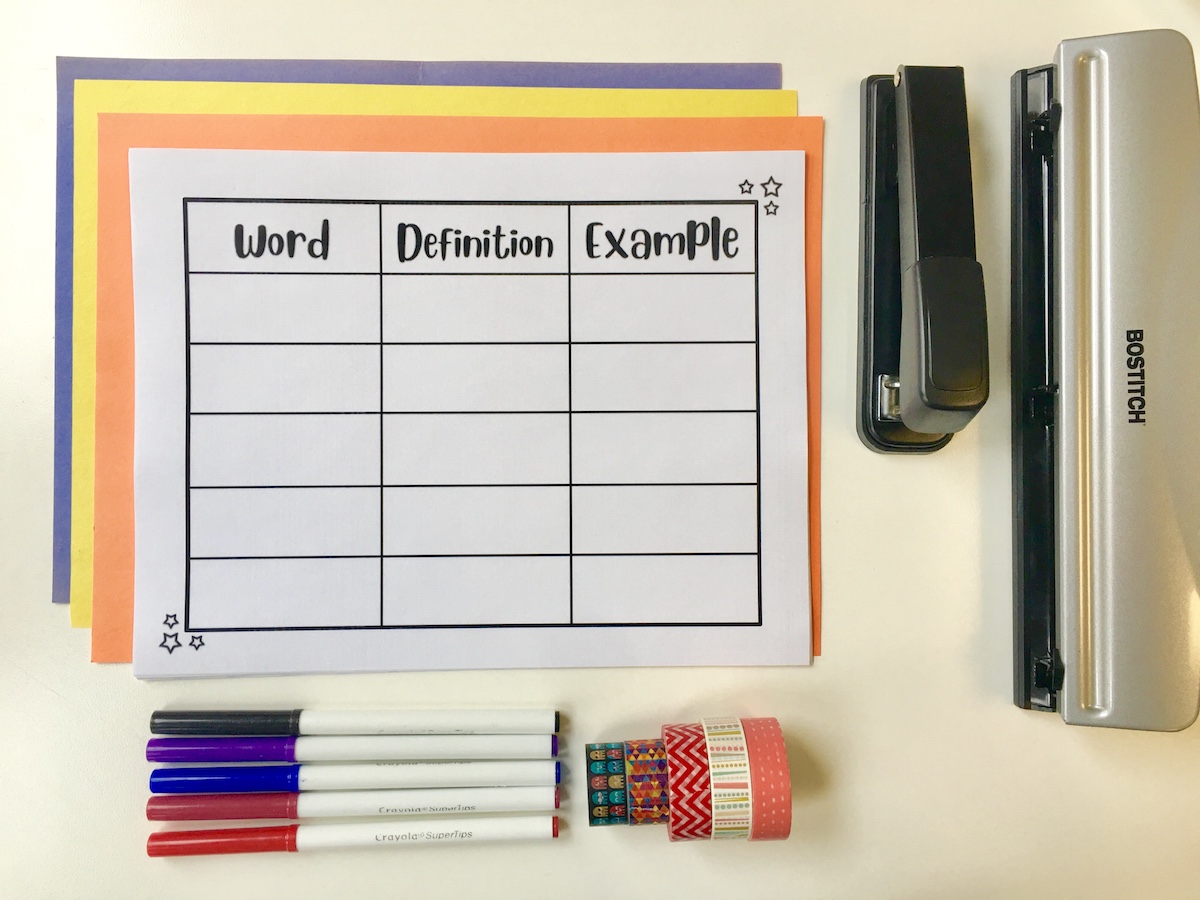
Materials needed:
- Construction paper or colored cardstock
- Printouts of our word chart template
- Stapler (or hole-punch if using binder)
- Various supplies for decorations of your choice (markers, washi tape, glitter glue, stickers, etc.) – Optional
- Binder – Optional
Instructions:
1. Print out around five copies of our word chart template. If you’re interested in creating your own word chart, draw a 3×6 grid on an 8.5×11 piece of paper. For each square in the top row, write “Word,” “Definition,” and “Example.”
2. Hole punch your charts if using a binder.
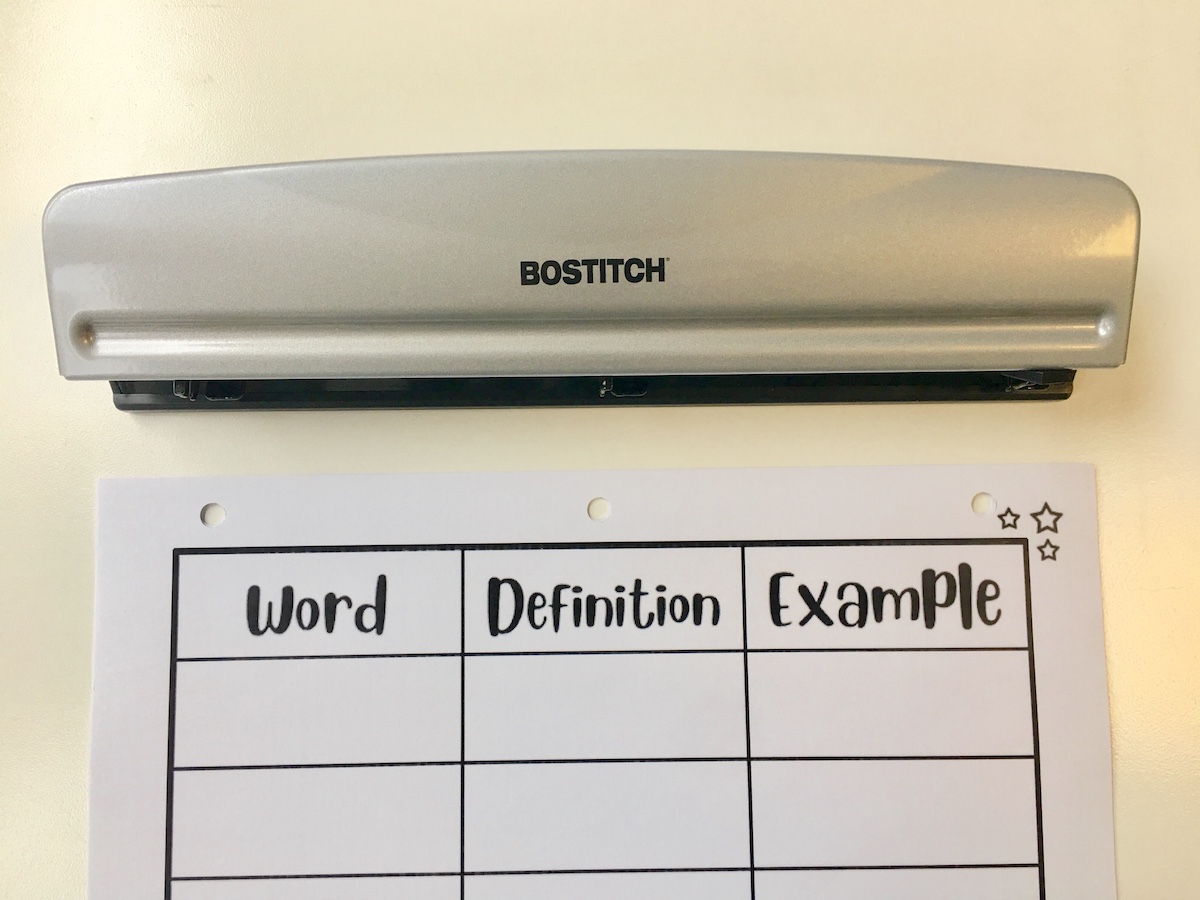
3. Don’t forget the cover page! On a piece of construction paper or colored cardstock, write out “ _____’s Dictionary”. Have your child decorate with washi tape, glitter glue, or stickers.
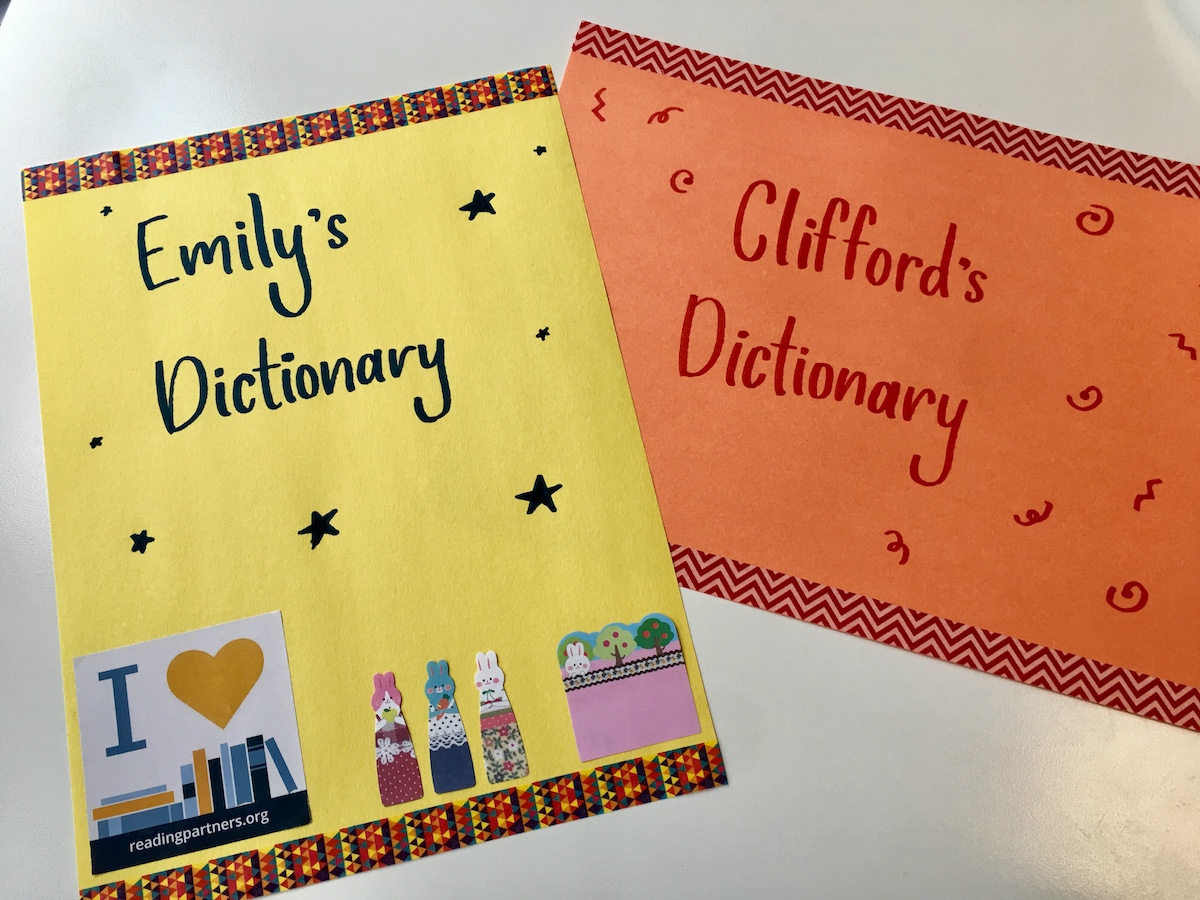
4. If using the binder, slide the cover page in the front and fill the binder with the hole-punched word charts. If you aren’t using a binder, staple the cover page together with the word chart printouts.
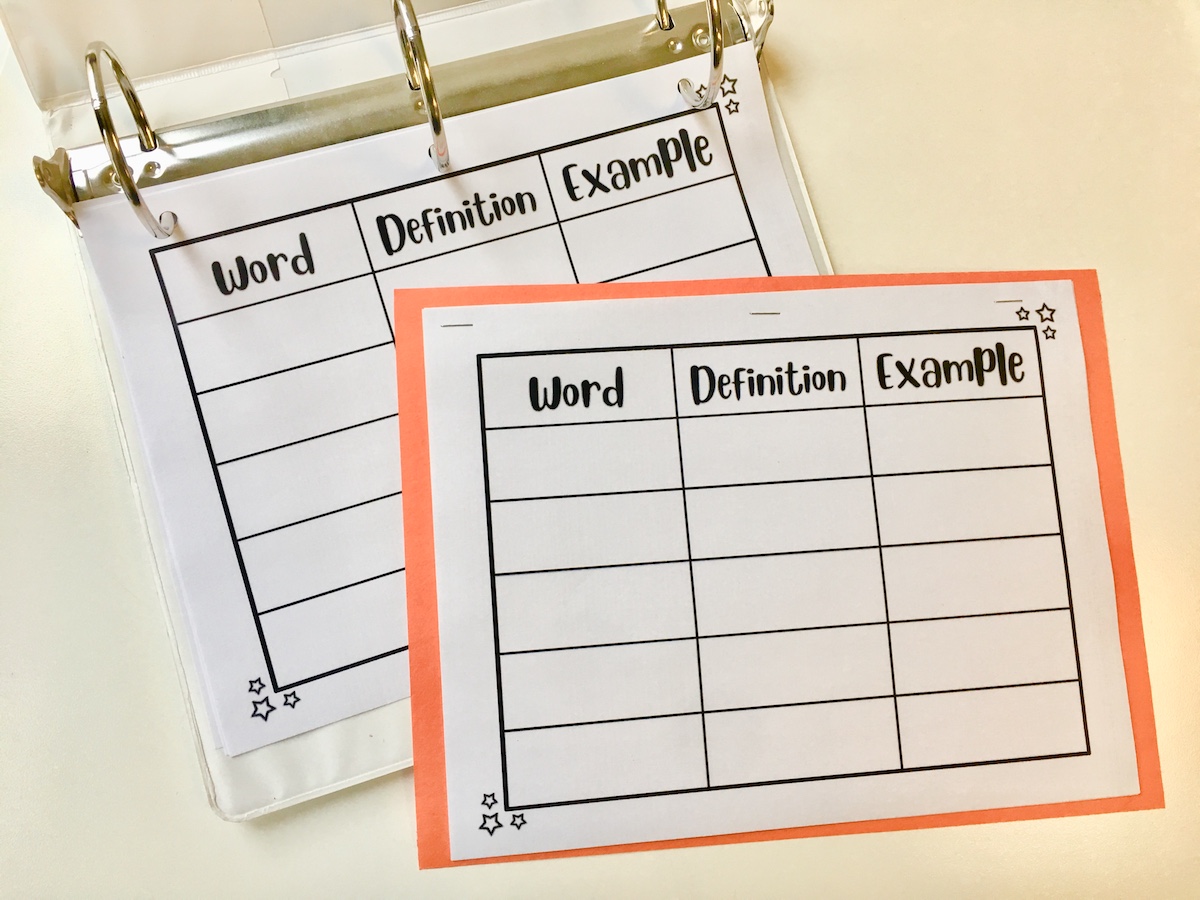
5. When all charts are filled up, add more word chart sheets.
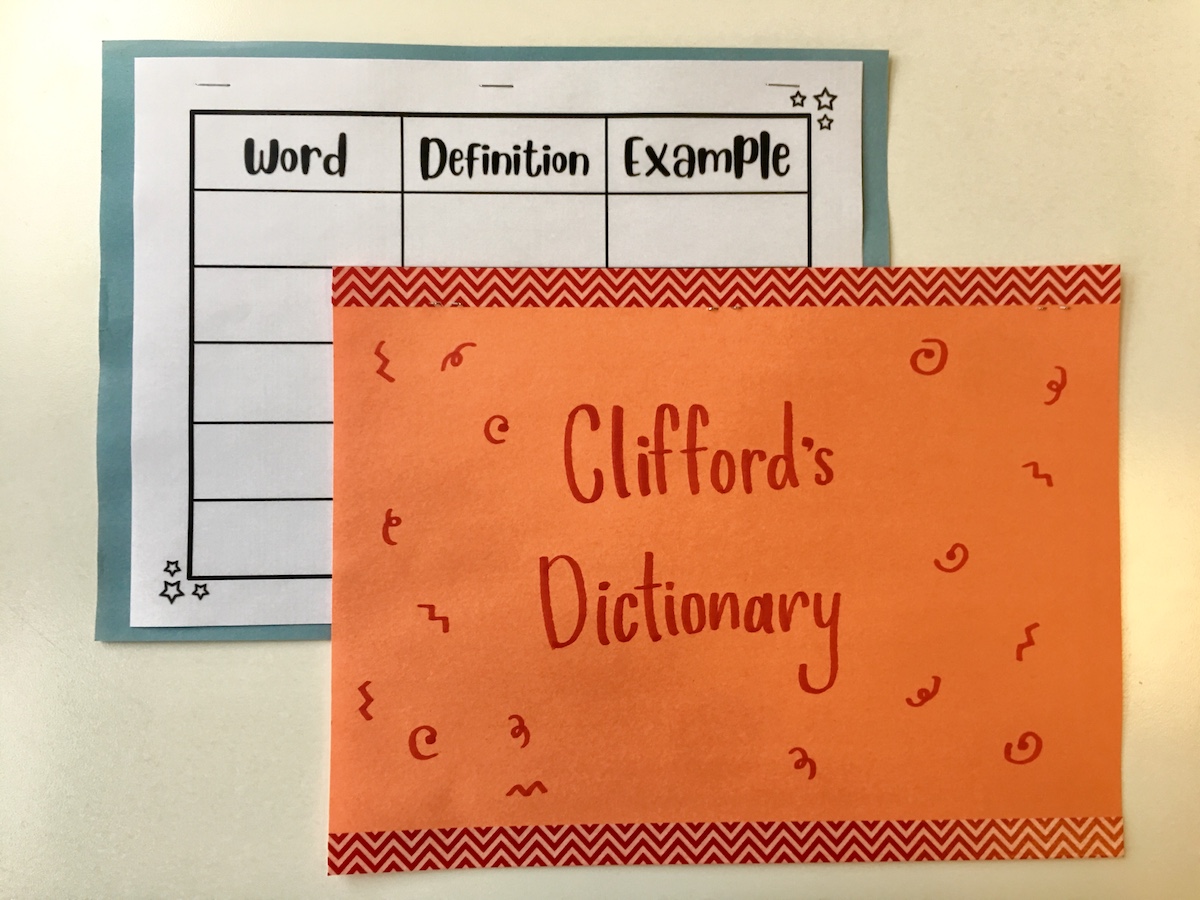
How to use your word chart to learn new words
When your child comes across a word they don’t know, first ask what they think the word means within the context of the narrative. Then, work together to find the word in a dictionary and read the definition.
Have your child write the words in their chart, along with the definition and an example or picture. They can also add a sentence containing the word or quote the passage it came from.
High five and celebrate learning a new word!
When the word comes up in another text, reference the word chart to recall how it was used in the previous context. If your child isn’t able to recall the definition, add it to the chart again with the new sentence.
When your child is able to recall the definition without help, then color the box in to show that they understand the definition of the word.
Feel free to get as creative as you’d like with your word chart, and don’t forget to have fun reading!

